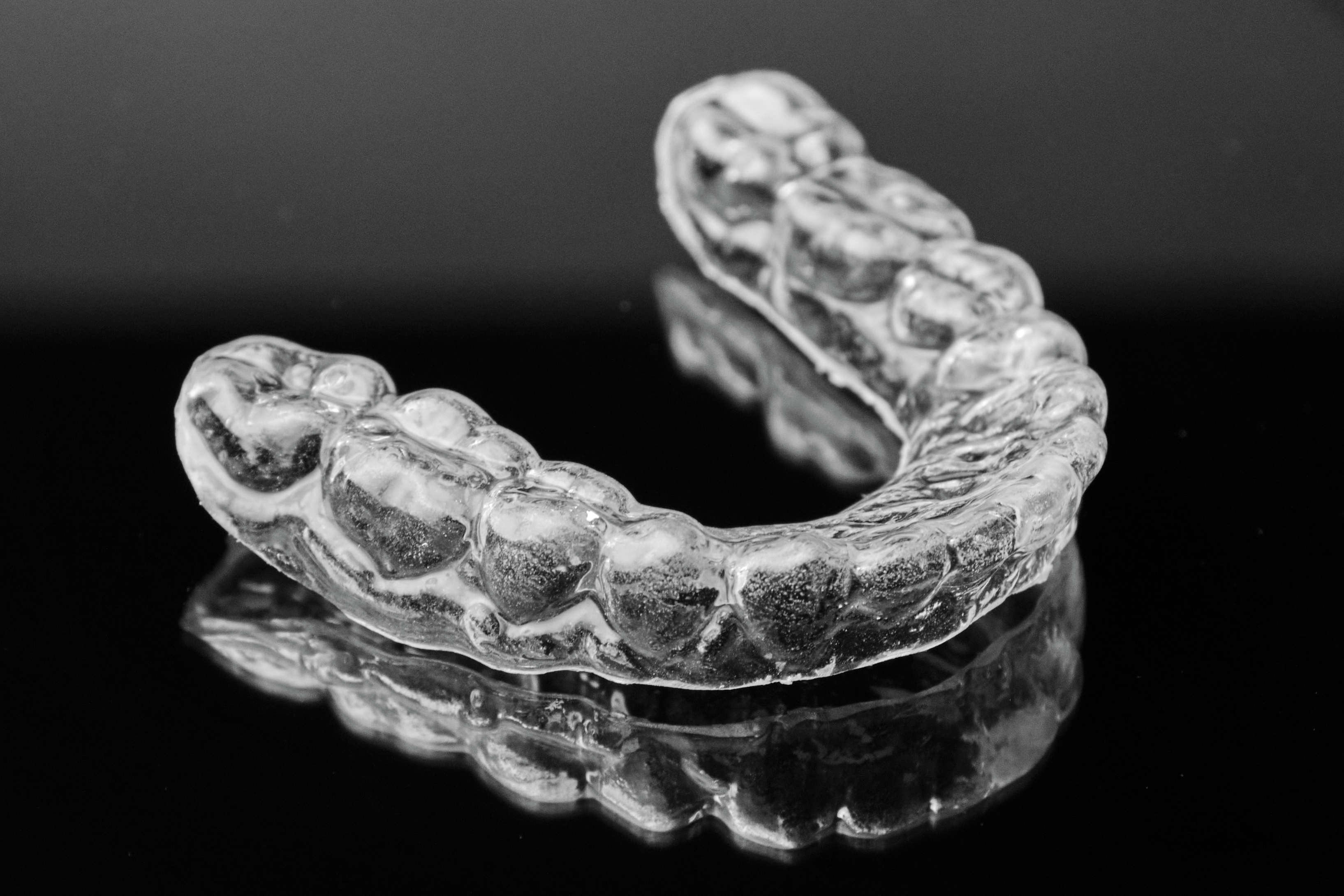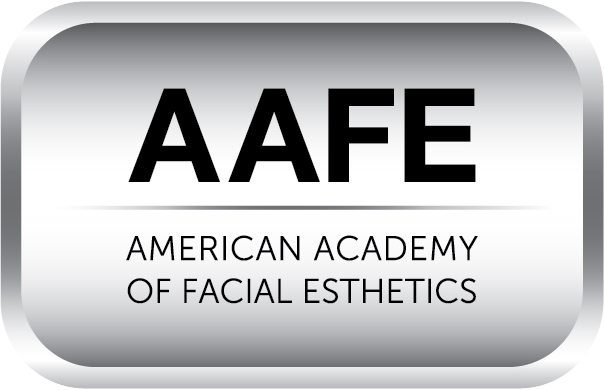Discreetly Straighten Teeth With Invisalign

Invisalign® might be what you need if you are tired of always feeling self-conscious about your misaligned teeth but do not want to deal with metal braces. You are not alone; many people put off getting teeth straightening treatments to avoid the stares wearing braces can bring.
Fortunately, Invisalign was invented a couple of decades ago so you can now straighten your smile without having to deal with a bunch of metal brackets and wires in your mouth. These treatments involve using clear aligner trays to gradually push teeth to an improved alignment. They are a more comfortable, discreet alternative to traditional metal braces.
Everything you should know about Invisalign treatment
Invisalign is the popular way to straighten teeth for those who do not want to look like they have miniature railway tracks on their teeth just to improve their alignment. As the name suggests, Invisalign aligners are virtually invisible so people can straighten their teeth discreetly without those they interact with noticing any difference besides their teeth becoming straighter.
The aligners used for each patient’s treatments are customized so they fit their teeth snuggly. These aligner trays are made from transparent plastics, and they can be easily removed for meals and oral hygiene. Braces are fixed in place once inserted, so people who opt for them have to learn how to navigate around their brackets and wires during meals and oral hygiene sessions.
Some of the benefits of straightening teeth with Invisalign include:
- Invisalign aligners are almost impossible to notice in someone’s mouth
- The aligners used are removable so they can be removed as needed for meals and oral hygiene
- Invisalign treatment is more comfortable than straightening teeth with metal braces since there are no wires and brackets to irritate soft tissues in the mouth
- Invisalign treatment sometimes provides faster results than using metal braces
- Invisalign does not leave teeth vulnerable to tooth decay, as is the case with braces. Food particles often get stuck underneath the wires and brackets that come with braces, giving oral bacteria the fuel they need to make acids that cause tooth decay
What to expect when getting Invisalign treatment
Getting Invisalign starts with a consultation with a dentist to find out if it is the right way to straighten your teeth. Some severe bite issues that require repositioning the patient’s jaw require other devices like braces or palatal expanders.
A 3D model of the patient’s teeth is made and displayed on a computer screen. The model is used to create projections of what the movement of the patient’s teeth will look like during the treatment. Once satisfied, the projections are sent to technicians in a dental lab who use them to create a series of trays the patient will wear during treatment.
Each set in the series is worn for a couple of weeks before getting swapped with another that takes over from there. The different sets work like a relay team, pushing the patient’s teeth as far as they can before another pair comes in to push them even further. The patient’s teeth should be at the targeted alignment by the time they are done with all their aligner trays.
These aligner trays should be worn for at least 22 hours daily for treatments should be effective. This means patients should only remove them for meals and oral hygiene. The average length of Invisalign treatment is about one to two years and patients might have to wear retainers afterward to keep their teeth in their new positions.
Figuring out if Invisalign is right for you
Invisalign treatments are for anyone looking to straighten their teeth without compromising how their teeth look. They are a great option for people with busy schedules since patients do not have to go in for as many checkups as they would if they opted for braces.
Dentists typically recommend clear aligners for patients with mild to moderate teeth alignment issues and other options might need to be explored for more severe alignment issues. Invisalign also requires a great deal of commitment on the patient’s part for treatment to be effective.
Aligners need to be worn for a minimum of 22 hours daily and some patients, like children, might not have the discipline required to diligently wear their aligners for as long as two years. Such patients might be better off with braces since they are permanently fixed once placed. Treatment with clear aligners often requires patients to visit their dentist every six weeks to monitor their progress.
Get the smile of your dreams
Invisalign straightens your smile without ruining how it looks during treatment. Give us a call or drop by our Dalton clinic to set up an appointment with our dentist.
Request an appointment here: https://drcalldental.com or call Dr. Call Dental Center at (706) 425-6240 for an appointment in our Dalton office.
Check out what others are saying about our dental services on Yelp: Invisalign in Dalton, GA.
Related Posts
Invisalign® is a teeth straightening treatment that uses a series of clear aligner trays. While Invisalign can complete the straightening process faster than other options, proper maintenance of these trays is essential to an effective, comfortable treatment. The good news is that proper maintenance is easy for patients to complete regularly.While the dental provider will…
Invisalign® is a modern teeth-straightening treatment that changes dental alignment by moving teeth with clear aligners. The process of getting this system is like that of getting traditional braces. Each step makes sure that you achieve a straighter, healthier smile. Here are the different parts of your Invisalign journey.This is the first step of getting…
Invisalign® is one of the most revolutionary orthodontic treatments available. This option serves as a clear, discreet way to correct dental misalignments. Invisalign aligners are customized to fit the teeth and are a lot less intrusive compared to conventional braces. The subtlety and convenience of Invisalign have made it a popular choice, particularly for adults…
Invisalign® and braces are both proven to align a smile successfully. The former is relatively new in comparison to the latter appliance. However, the power of either option is undeniable. Take a closer look at their advantages and disadvantages before scheduling a consultation to see which is most effective for you.Invisalign has many advantages. The…


